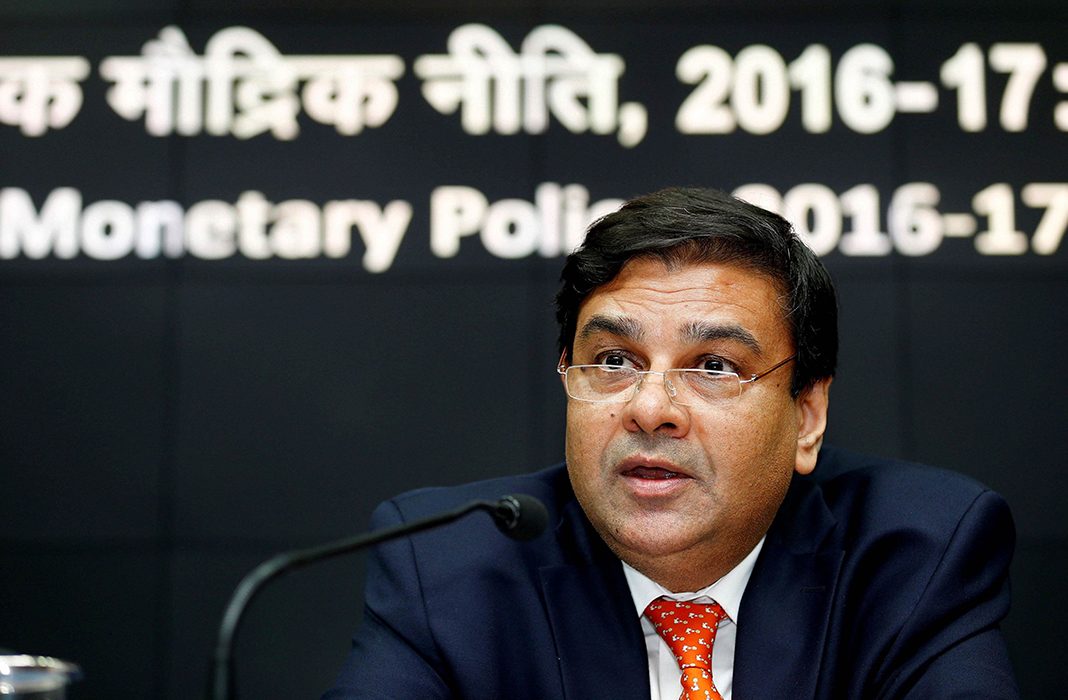The PM’s demonetization plan is a political and economic masterstroke but it could boomerang due to lack of preparedness on the part of India’s premier bank and finance ministry officials
By Yogesh M Tiwari
The PM’s statement delegalizing currency notes of Rs 1,000 and Rs 500 on November 8 was a bombshell. It was politically a great move intended to reduce the role of black money in the forthcoming state elections and beyond. By combining it with his appeal to jointly hold central and state elections, to reduce expenditure and the time of state officials to organize polls, his political stature has grown. And finally, the appeal for state funding should make small parties happy and make the major gainers of black money funding by India-Inc—political parties, mostly the Congress—acutely nervous. It is this mode of funding which has led to cronyism and scams so detrimental to the nation and the vast majority of citizens. The PM did not hide the fact that there would be some short-term pain and loss but in the long-term, there would be gains of political stability and economic growth. Politically, as well as in real life, we should not expect even a political master-stroke to be perfect.

The Congress, the AAP and Mamata’s Trinamool Congress have condemned this delegalization. Par for the course! They are blind to the fact that the PM has taken a series of thought-through steps of which this is an integral part. Unearthing black money was a part of Modi’s election manifesto. He set up a special investigation team and wanted legislation governing undisclosed foreign income and assets. In addition, he closed the door to the entry of black money routed through hawala transactions by amending the Double Taxation Avoidance Agreements with Mauritius and Cyprus.
MODI’S EFFORTS
He also put pressure on the G-20 nations to persuade countries like Switzerland and other tax havens to get usable information on illegal accounts of Indians. He amended the Benami Transactions Act and brought forth a bill on real estate intended to drastically reduce the one-sided agreements forced by real estate developers on buyers looking for a roof over their heads, a genuine need of every citizen. The previous step in this chain was the voluntary declaration scheme which yielded good results but which was much below the extent of black money that is there in the economy and of course, below the expectation of the government.
The RBI knows what the capacity of its currency printing presses is. A simple calculation would have shown it and the government how many weeks or months it would take to replace the Rs 1,000 and Rs 500 notes.
The next step in this chain is one of the most important legislations in our history—the Goods and Services Tax (GST) Bill. The GST will, to a large extent, remove tax evasions and avoidance. But even that would not be the final nail in the coffin. Black money is a hydra-headed monster. The incredibly complex red tape is tailor-made for the bureaucracy to engender corruption. Even if it is cut down by 75 percent, the remaining 25 percent would lead to some abuse of power, favoritism and corruption. A simple fact of life since the days of Mahabharata and Ramayana is that power corrupts. True not only for the Rakshasas, but the Devas too.
So against this background, the PM’s claim that he would put an end to black money is not very credible but full marks for trying. No one should doubt his intent and take lightly his claim of personal integrity.
RESILIENT POPULACE
Having said this, one should not underestimate the intense pain it has caused to the poor and the honest. One would imagine that Modi’s time-scale of 50 days is likely to be overshot—perhaps not for the people at large but certainly for the economy. Removal of more than 85 percent of the total money in circulation (Rs 1,000 and Rs 500 notes) at one stroke could asphyxiate the economy. Though it is not likely to happen, our resilience is remarkable. Over the short-term, it would certainly lead to some contraction, though it could be compensated by the reduction of interest rates, encouraged by the surge of deposits in banks.
I am not dwelling at any length on the gains to the legal economy, which have been widely acknowledged by experts. Additionally, it has raised the standards of honesty in the economy and indeed, the body-politik of India.
However, this scheme has been poorly executed. This part of the delegalization was the responsibility of the Ministry of Finance to an extent, but mainly the RBI, the organ of the state responsible for the monetary policy of India. It is the sole producer and distributor of currency notes and coins and the overall supervisor of banking operations.
ABJECT FAILURE
The RBI has failed miserably for the reasons given below:
- It was no secret that 85 percent of the money in circulation consisted of Rs 1,000 and Rs 500 notes. It is not rocket science to realize that such a large amount could not be replenished in one day. The RBI knows what the capacity of its currency printing presses is. A simple calculation would have shown it and the government how many weeks or months it would take to replace the Rs 1,000 and Rs 500 notes. The void could only be filled by replacing them with new and technically superior notes. It did not strike them that a Rs 2,000 note would not fit the bill. One would require ten times Rs 100 notes to replace one Rs 1,000 note and five times the same currency to replace one Rs 500 note. Producing Rs 2,000 notes militates against the idea of high denominational currency being delegalized as it would be twice as easy to hoard black money consisting of Rs 2,000! The time period could have been determined accurately instead of guesses being made.
Is it too far-fetched to think that the RBI goofed-up? Why is the PM being pilloried for what the RBI has failed to do properly? Do we expect our PM to work out these administrative details which competent finance ministry officials and the RBI should have done?
- Secondly, it was known that 40 percent of the two lakh ATMs were not functional. Why were they not made functional during the six months of the planning period? Why not add another two lakh ATMs in the country, especially in kasbahs, mofussil towns and large villages? Would that not have significantly reduced the interminable queues now seen?
- Thirdly, why did the RBI not encourage the logistics companies to improve and enlarge their services?
- Fourthly, why could the RBI not import larger and more modern printing equipment so that new currency notes could be produced in two or even three shifts and with perhaps three times the number of machines required, thus raising the production six or more times?
- Fifthly, the administration forgot to factor in the planting season and the requirements of famers. It forgot to factor in that more than 60 percent of the people live in villages and are dependent on agriculture. Why do the suicides of farmers (many thousands a year) not bother the government machinery? Unthinkable.
Is it too far-fetched to think that the RBI goofed-up? Why is the PM being pilloried for what the RBI has failed to do properly? Do we expect our PM to work out these administrative details which competent finance ministry officials and the RBI should have done? Common sense should and could have been used to plan these measures. It will be a pity if this political and economic masterstroke was to founder and boomerang against the prime minister.
—The writer was an ex-ambassador and secretary in the Ministry of External Affairs
Lead picture: The Reserve Bank of India (RBI) governor Urjit Patel speaks during a news conference after the bi-monthly monetary policy review on October 4, 2016. Photo: UNI


